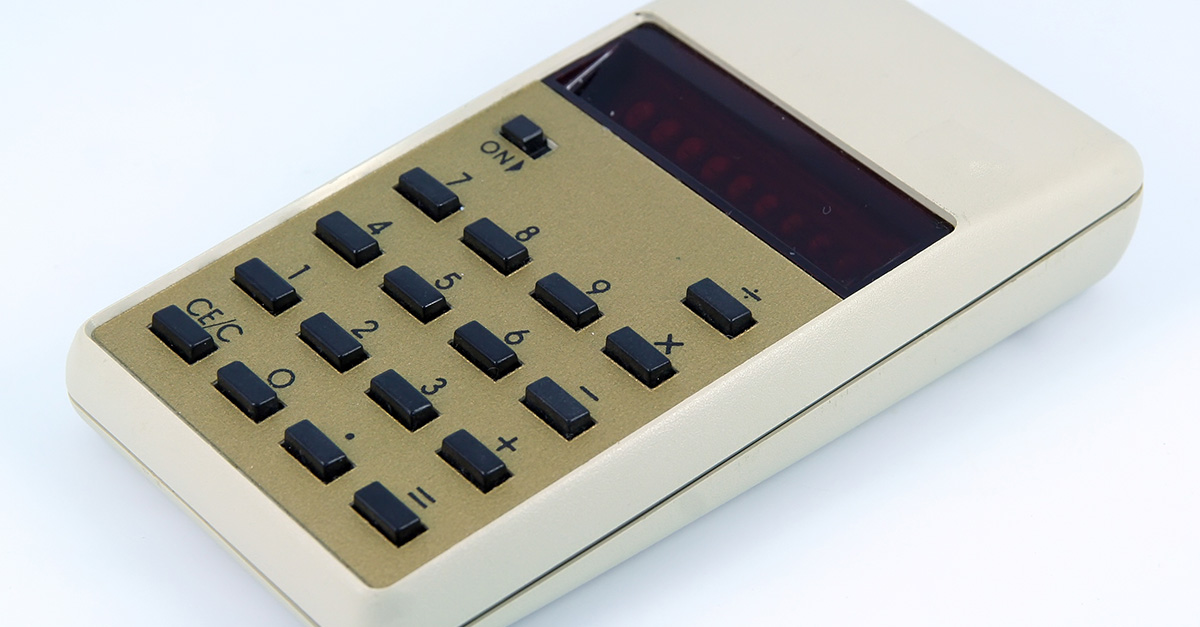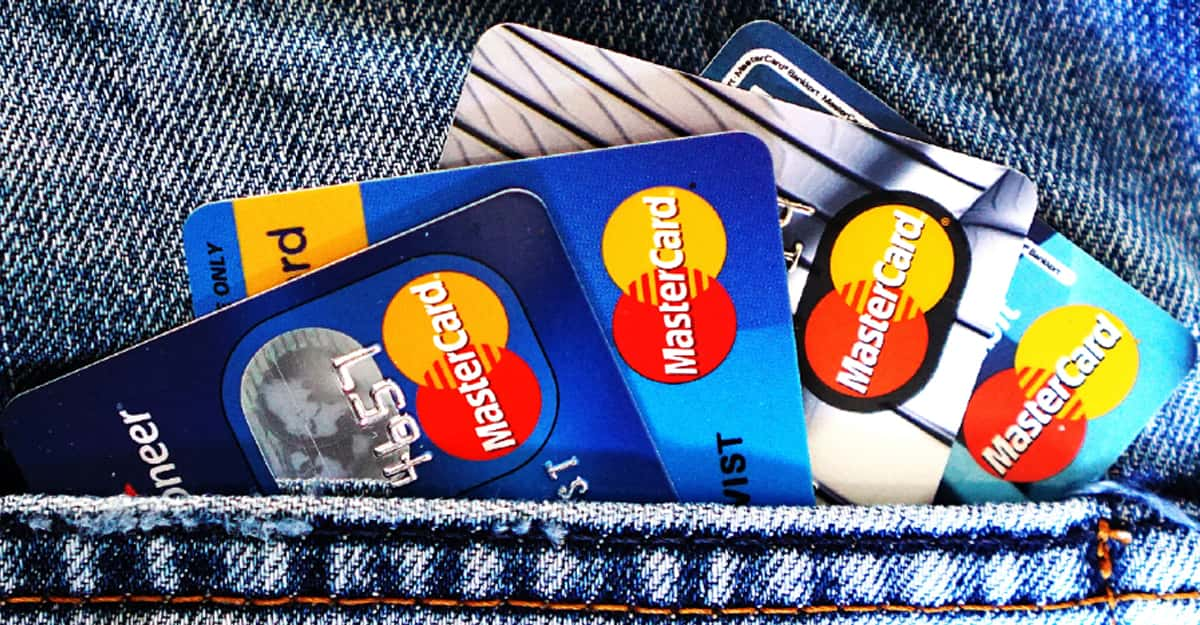These Retro Calculators Can Fetch Tens Of Thousands
There’s something deeply satisfying about vintage calculators—part engineering marvel, part design object, part nostalgia trip. Some are worth just a few hundred dollars, while others can fetch the price of a small car. Let’s count them down from the “affordable-but-fancy” to the jaw-dropping high-end treasures.

Elektronika MK-52: The Soviet Space-Age Pocket Brain ($150–$400)
Cold War tech fans love the MK-52 for its rugged design, programmable memory, and rumored use in the Soviet space program for navigation tasks. Clean, working examples with manuals typically go for $150–$400, with rare accessory bundles bringing more at auction.
 Yordan (talk) (Transferred by piotr433/Originally uploaded by Yordan), Wikimedia Commons
Yordan (talk) (Transferred by piotr433/Originally uploaded by Yordan), Wikimedia Commons
Braun ET66: Minimalist Icon ($150–$400)
Designed by Dieter Rams and Dietrich Lubs, the ET66 is a masterclass in simplicity—and the inspiration for Apple’s calculator app. Its friendly button layout and timeless Bauhaus aesthetic make it a favorite, with crisp West German-made examples bringing $150–$400, and sealed units fetching even more.
 Pinot Dita from Kuwait, Wikimedia Commons
Pinot Dita from Kuwait, Wikimedia Commons
Texas Instruments SR-50 Early Run: HP’s Challenger ($250–$700)
TI’s first scientific calculator took aim squarely at the HP-35, offering advanced functions at a competitive price. Early production variants, with subtle design differences and original packaging, can surprise collectors and sell for $250–$700, particularly in near-mint condition.
 Archiumtechnica, Wikimedia Commons
Archiumtechnica, Wikimedia Commons
Casio CFX-400 Calculator Watch: Wrist-Tech Cool ($250–$700)
Half analog watch, half micro-calculator, this flashy ‘80s Casio is a conversation starter anywhere you wear it. Featuring a fully functional calculator hidden in a sleek watch face, complete boxed examples often bring $250–$700, with pristine ones commanding a premium.
 Septagram at English Wikipedia, Wikimedia Commons
Septagram at English Wikipedia, Wikimedia Commons
TI-59 + PC-100C Dock: A 1970s Desktop Station ($250–$800)
Pair TI’s powerful programmable TI-59 with its printer/charger dock and you’ve got a miniature 1970s workstation for complex computations. Collectors value complete working sets with software modules, manuals, and original packaging, which typically sell for $250–$800 in today’s market.
 Joe Haupt from USA, Wikimedia Commons
Joe Haupt from USA, Wikimedia Commons
Sinclair Executive: Pocketable Glamour ($300–$1,000)
Slim, stylish, and pure 1970s flair, the Sinclair Executive was the first truly pocketable calculator for suit jackets. Its sleek profile and clever power-saving tricks make it collectible, with early revisions in excellent condition bringing $300–$1,000 from design-minded buyers.
 MaltaGC at English Wikipedia, Wikimedia Commons
MaltaGC at English Wikipedia, Wikimedia Commons
HP-67: The Refined Programmer ($500–$1,400)
A polished successor to the groundbreaking HP-65, the HP-67 added more memory, programmability, and legendary HP build quality. Beloved by engineers for its reliability, fully functioning examples fetch $500–$1,400, especially when bundled with manuals, accessories, and original packaging.
 John crane 59, Wikimedia Commons
John crane 59, Wikimedia Commons
HP-41CV/CX Kit: Modular Magic ($400–$1,200)
With swappable modules, card readers, and even barcode wands, the HP-41 series was essentially a customizable pocket computer. Complete kits with popular modules and working accessories generally range from $400–$1,200, with rare modules pushing values even higher among enthusiasts.
 Ladd Observatory , Wikimedia Commons
Ladd Observatory , Wikimedia Commons
Canon Pocketronic: Print-Only Cool ($400–$1,200)
Instead of a display, this charming portable calculator printed results on thermal paper, making it a tech oddity. Collectors prize fully functional units with clean print heads, chargers, and paper rolls, which often bring $400–$1,200 in private sales and auctions.
Friden EC-130/EC-132: Glowing Nixie Glory ($600–$2,000)
Big, heavy, and gorgeous, these early transistorized desktops feature hypnotic Nixie tube displays that glow warmly when in use. Clean, working units with minimal cosmetic wear are especially prized, selling for $600–$2,000 to collectors of mid-century electronic design.
HP-65: The First Programmable Handheld ($600–$1,800)
The HP-65 made history as the first handheld programmable calculator, using tiny magnetic cards for program storage. Complete, functional examples with accessories, manuals, and original cases can reach $1,800, especially when in excellent cosmetic and working condition.
Sharp EL-8: Early Portability ($700–$1,800)
One of the first truly portable calculators, the Sharp EL-8 came with its own carrying case and charger. Featuring early LED display technology and stylish 1970s design, complete working sets typically go for $700–$1,800 on the collector market.
 Daniel Sancho from Málaga, Spain, Wikimedia Commons
Daniel Sancho from Málaga, Spain, Wikimedia Commons
Busicom LE-120A “Handy”: LED Pioneer ($1,000–$3,000)
A sleek Japanese design with bright red LEDs, the Busicom LE-120A helped usher in the handheld calculator era. Collectors seek examples in full working order with accessories, which usually fetch $1,000–$3,000 depending on condition and rarity.
ANITA Mk VII/Mk 8: First of the Firsts ($1,000–$3,500)
The ANITA was the world’s first all-electronic desktop calculator, using cold-cathode tubes instead of mechanical parts. Museum-worthy examples in good cosmetic and functional condition can sell for $1,000–$3,500, with provenance adding to their appeal.
 MaltaGC at English Wikipedia, Wikimedia Commons
MaltaGC at English Wikipedia, Wikimedia Commons
Curta Type I: The Pepper Grinder Legend ($1,200–$3,000)
A mechanical marvel that fits in your palm, the Curta Type I is both beautiful and precise, earning its “pepper grinder” nickname. Well-preserved examples with original cases typically sell for $1,200–$3,000 to dedicated mechanical calculator fans.
 Larry McElhiney, Wikimedia Commons
Larry McElhiney, Wikimedia Commons
Curta Type II: Bigger, Rarer, Pricier ($2,000–$5,000)
With more capacity and lower production numbers than the Type I, the Curta Type II is even more collectible. Complete, clean examples in original canisters command $2,000–$5,000 and are considered must-haves for serious collectors.
HP-01 Calculator Watch: Luxury on the Wrist ($3,000–$10,000)
Available in gold or stainless, the HP-01 is a 1970s calculator watch that’s part luxury jewelry, part engineering marvel. Mint examples with full kits, boxes, and documentation can top $10,000 at high-profile watch or tech auctions.
 Antiquekid3, Wikimedia Commons
Antiquekid3, Wikimedia Commons
HP-35 “Red Dot”: A Pre-Production Unicorn ($5,000–$10,000+)
The first handheld scientific calculator is collectible enough—but the rare pre-production “Red Dot” version is a crown jewel. Correct examples in working condition can fetch $10,000 or more from serious vintage tech investors.
Olivetti Programma 101: Mid-Century Computing Art ($5,000–$12,000)
Often called the first personal computer, this Italian-designed marvel combines historic computing significance with stunning mid-century industrial design. Complete, working examples with accessories can sell for $5,000–$12,000, often to design museums or high-end collectors.
 Bill Abbott, Wikimedia Commons
Bill Abbott, Wikimedia Commons
Busicom 141-PF: The Microprocessor Birthplace ($8,000–$20,000+)
Housing Intel’s first commercial microprocessor, the 4004, the Busicom 141-PF is calculator royalty. With documented provenance, these machines can exceed $20,000, making them the ultimate prize for technology historians and elite collectors.
 Christian Bassow, Wikimedia Commons
Christian Bassow, Wikimedia Commons
What Vintage Calculators Have You Used?
Let us know if you've used any of these vintage calculators in the past. Did you ever buy one and give it away, how much of a payday did you miss out on? Let us know your calculator story in the comments below.
You May Also Like:
Vintage Garage Tools Worth A Fortune
Rare Atari Games Worth Big Bucks Today














